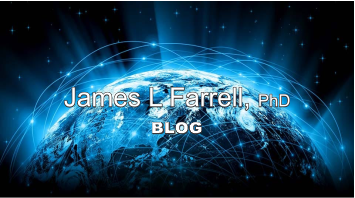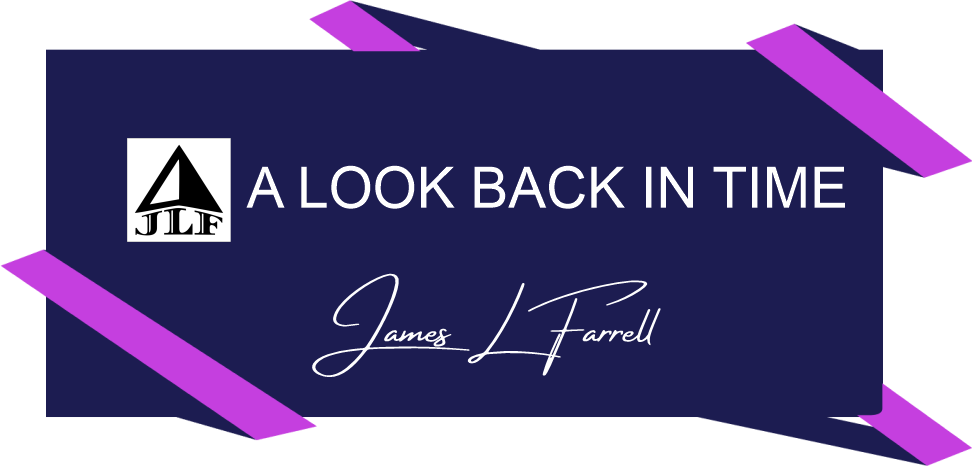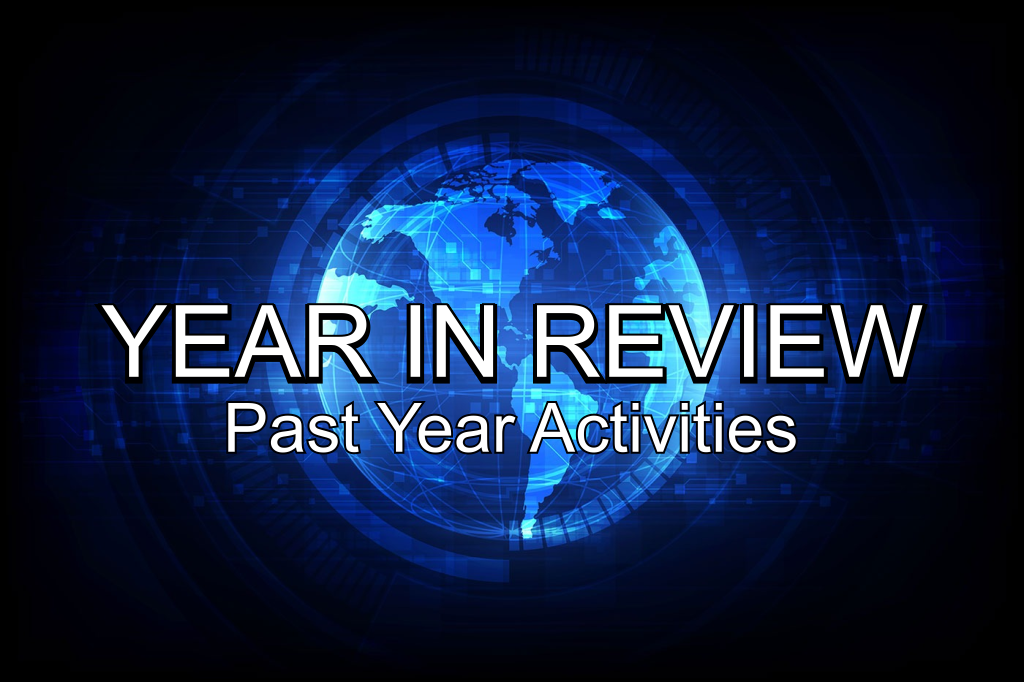Low pass filter
Decisions are made, understandably, on the basis of a decision-maker’s beliefs. In general, the better the knowledge base, the better the anticipated outcome. Inevitably there are times when choices must be made from incomplete information. Even that can still produce success, but the likelihood of a favorable outcome depends on recognition of those uncertainties. Likelihood of an un favorable outcome, then, increases when those information gaps go unrecognized. That is, when we are unaware of the fact that we don’t know (“don’t-know-squared”). To make that case for this site I’ll use an example from an area outside of navigation and tracking:
One field that has received thorough investigation is the study of a low-pass filter. Users of those commonly believe that they know all that is needed to make the wisest design selection. Quite often they know much – but not everything that would be useful to them. It is not unusual for a maximally-flat (Butterworth) attenuation characteristic to be chosen while assuming that nothing much can be done about the accompanying nonlinear phase; latency often precludes usage of phase equalizers. It is known – but not widely known – that a trade-off has been available for decades. A near -linear phase characteristic over the passband can be realized if some of the attenuation requirements can be relaxed. Full details can be found in:
- Handbook of Filter Synthesis
by Anatol I. Zverev
ISBN 10: 0471986801 / 0-471-98680-1 ISBN 13: 9780471986805 - Filtering in the Time and Frequency Domains by Herman J. Blinchikoff and Anatol I. Zverev ISBN-10: 1884932177 ISBN-13: 978-1884932175
Already I’ve said as much as I intend to say here about low-pass filters. To go this far without misinterpreting some points I found it necessary to consult a coauthor (Blinchikoff) of the second reference just cited. The rest of the blogs on this site involve navigation and tracking – where avoidance of don’t-know-squared is still very much an issue. Examples from those areas won’t all be obvious (e.g., a pilot believing his broken altimeter), but there is much to be gained from “looking under the hood” and uncovering missed opportunities. If we’re willing to pursue that, let me assure you that vast improvements in performance are available.










